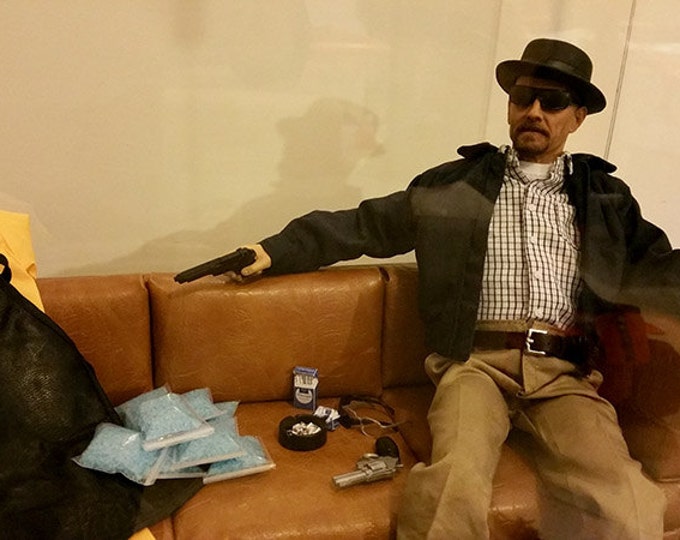

The DEA thought it was a localized phenomenon. When the first crack house was discovered in Miami in 1982, it drew little national attention. In 1985, crack sold for about five dollars a rock in most cities. Crack was also a lot cheaper than cocaine powder. Smoking crack brings a short, intense high, making the substance more addictive than powdered cocaine. Broken into smaller chunks, or “rocks,” this solid form could be smoked. Dealers looking for new ways to sell their products turned to crack.Ĭrack could be produced by dissolving powdered cocaine in a mixture of water and ammonia and boiling it down until a solid formed. Drug Enforcement Agency (DEA), the price of illegal cocaine dropped by as much as 80 percent during the late 1970s as a glut of the white powder flooded the U.S. Crack CocaineĬrack cocaine-a crystallized form of the drug-became popular in the 1980s.Īccording to the U.S. Newspapers, politicians and physicians capitalized on white fear of the mythical “Negro cocaine fiend”-black cocaine users, some believed, made particularly dangerous criminals. Racist sentiment fueled support for the law. Early in his career, he began to experiment with the drug. Sigmund Freud, the Austrian neurologist who founded the field of psychoanalysis, was fascinated with cocaine. Enthusiasm for anesthetic cocaine quickly waned in the medical community, however, as the number of patients dying of accidental overdoses during surgery soared.

Pharmaceutical companies soon began marketing cocaine. As a result, most cataract patients endured excruciating pain.Īfter soaking the eye in a cocaine solution, Koller found that patients no longer flinched when the scalpel touched their eye. More than two decades later, Austrian ophthalmologist Carl Koller experimented with cocaine as a surgical anesthetic because cataract surgery was typically performed without anesthesia at the time.Įther and chloroform couldn’t be used because they made patients vomit-an obvious problem when performing delicate eye surgery. Advertisements claimed the popular drink could “restore health and vitality.”

He noticed that the powdery white substance made his tongue feel numb.Īround the same time, French chemist Angelo Mariani concocted a tonic made from Bordeaux wine and coca leaves. German chemist Albert Nieman isolated cocaine from coca leaves in 1860.


 0 kommentar(er)
0 kommentar(er)
